Siberian/Amur Tiger Panthera tigris tigris, prev. altaica
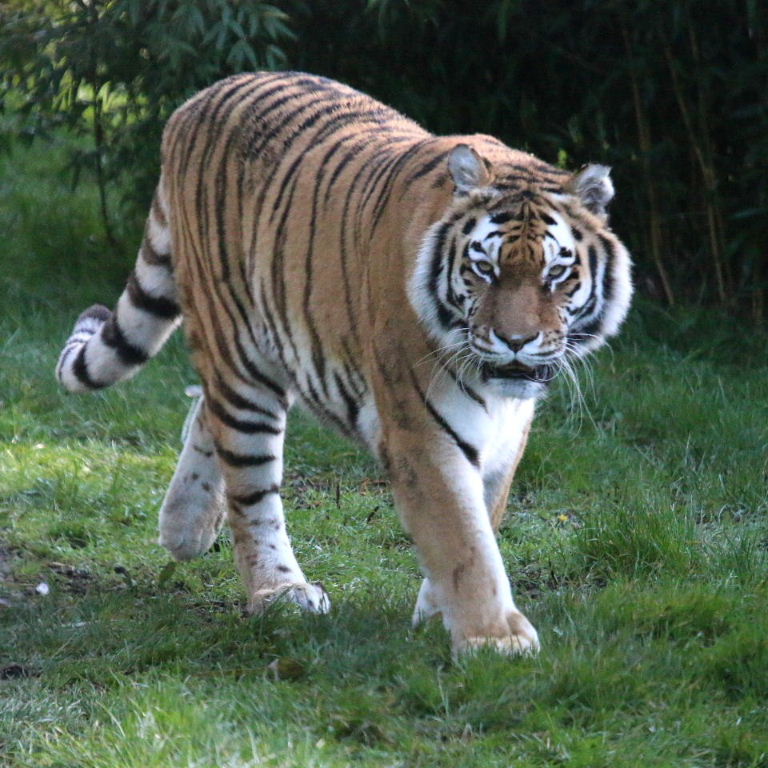
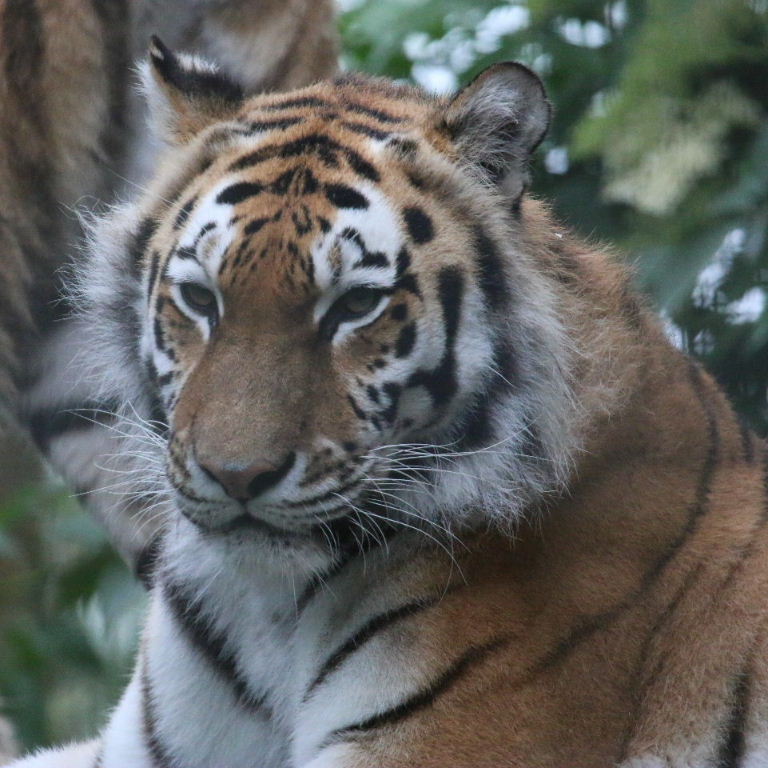
The Siberian Tiger, also called the Amur Tiger, was a subspecies of tiger native to limited areas of the Amur region
of the Russian Far East, with a few individuals over the border in China.
In 2017, all tiger subspecies were reclassified and all mainland Asian tigers were grouped into
P. t. tigris.
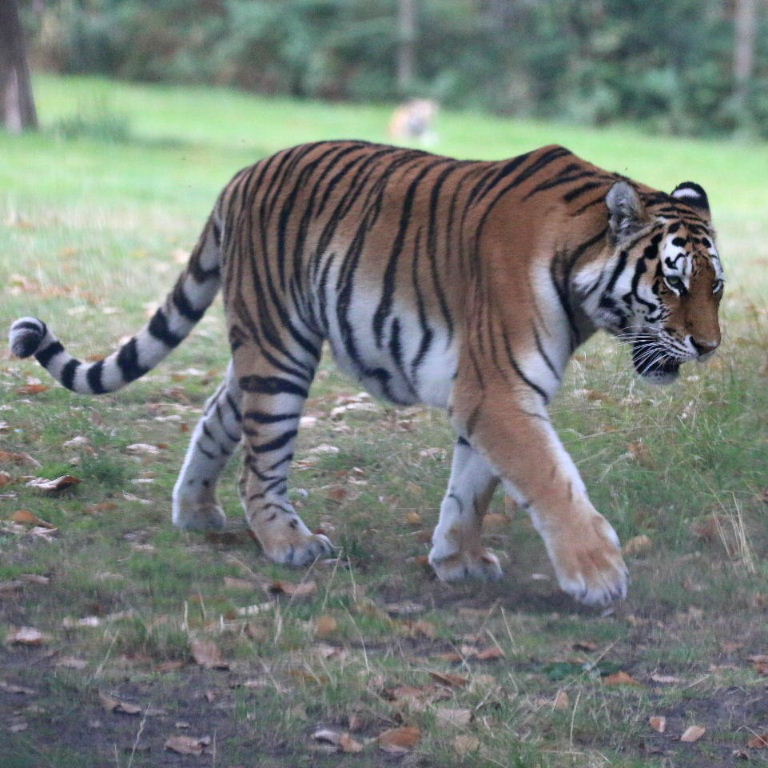
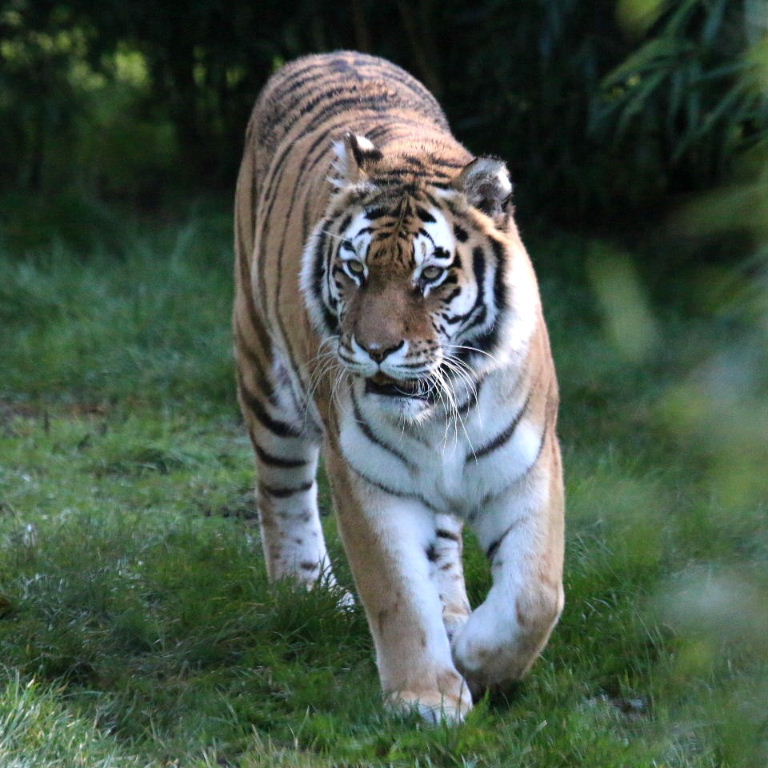
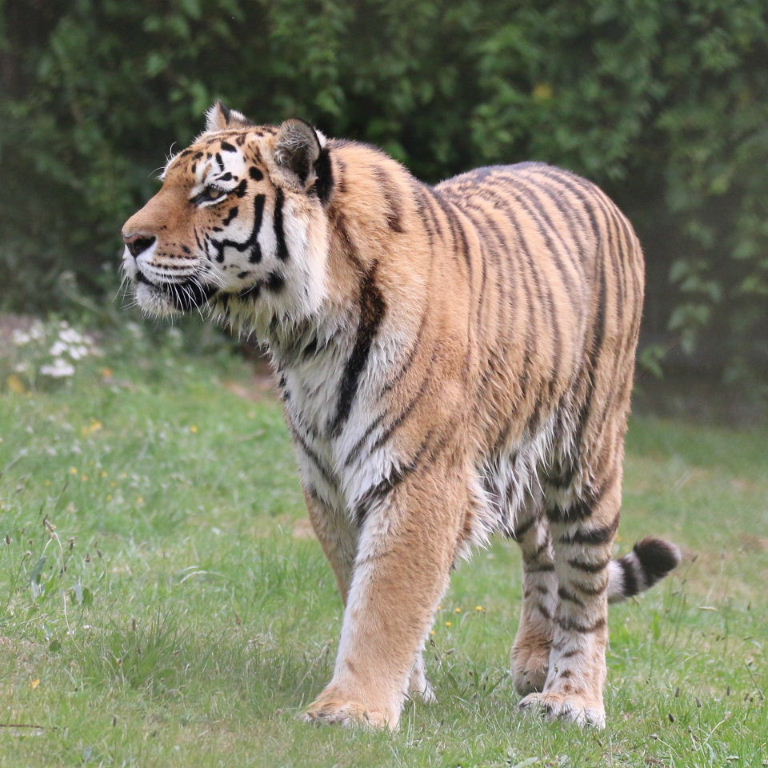
The tiger is the biggest of the big cats and the Siberian is the largest and heaviest of all, with males
reaching some 270-330 cm long including their 80-100cm tail and weighing some 200-300Kg.
Bengal males can be larger and heavier than the low end of the Siberian range but not quite
as big as the high end. Those living in cold, snowy, high altitude climates are usually heavier than the hot climate relatives.
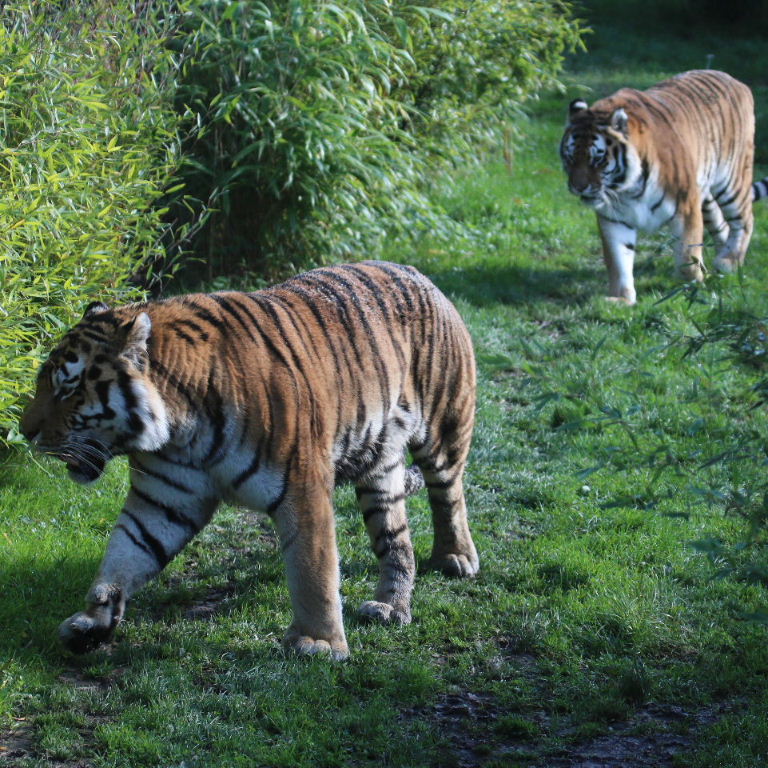
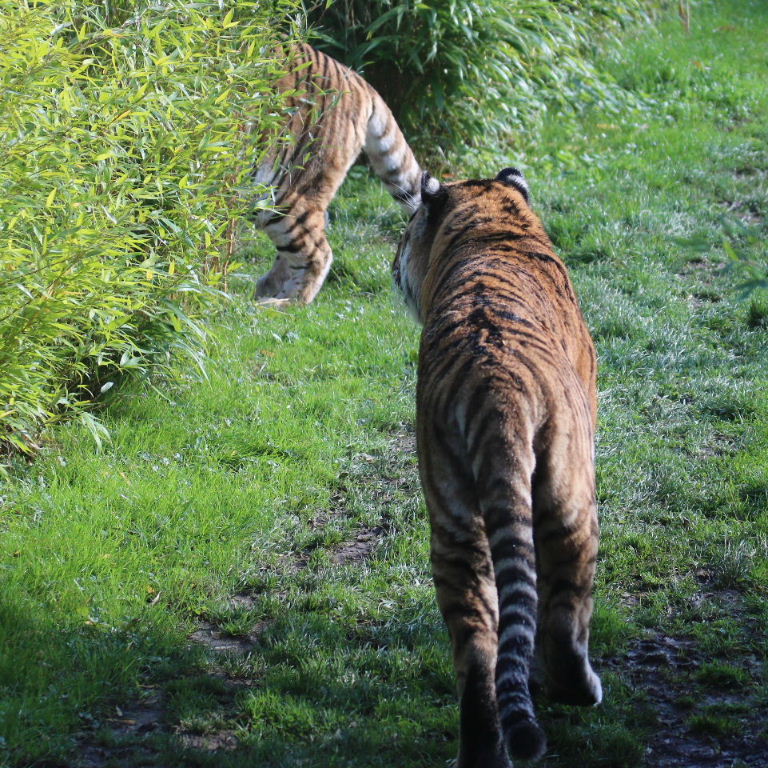
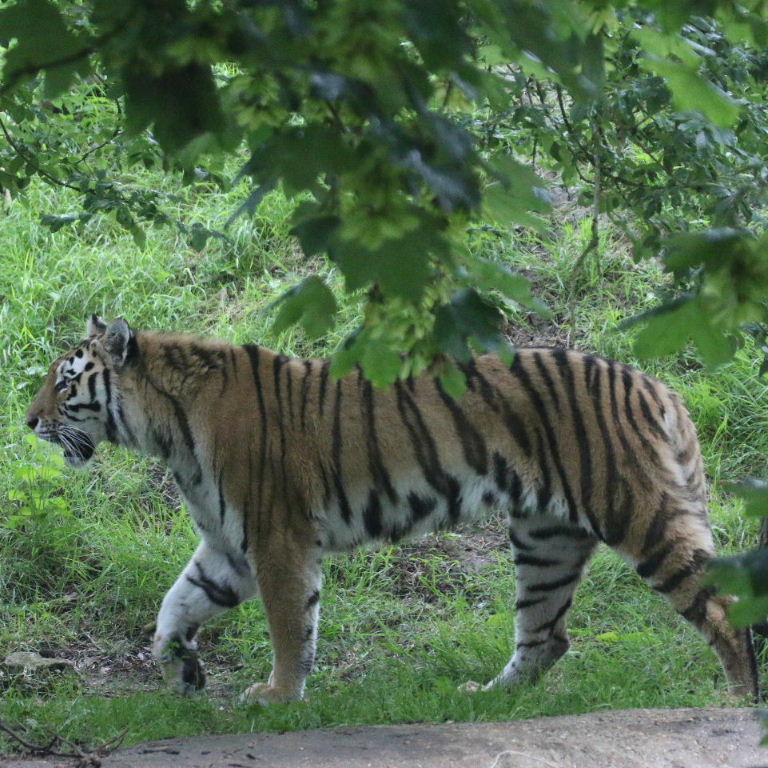
Tigers need a huge area of land to hunt and are usually solitary except when a pair comes together
to mate or a tigress is raising cubs.
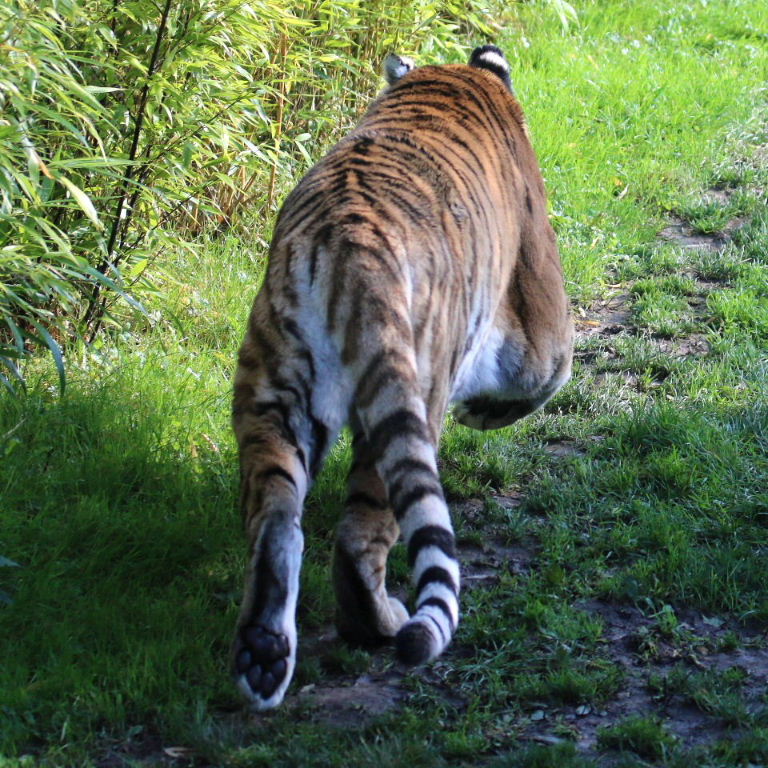
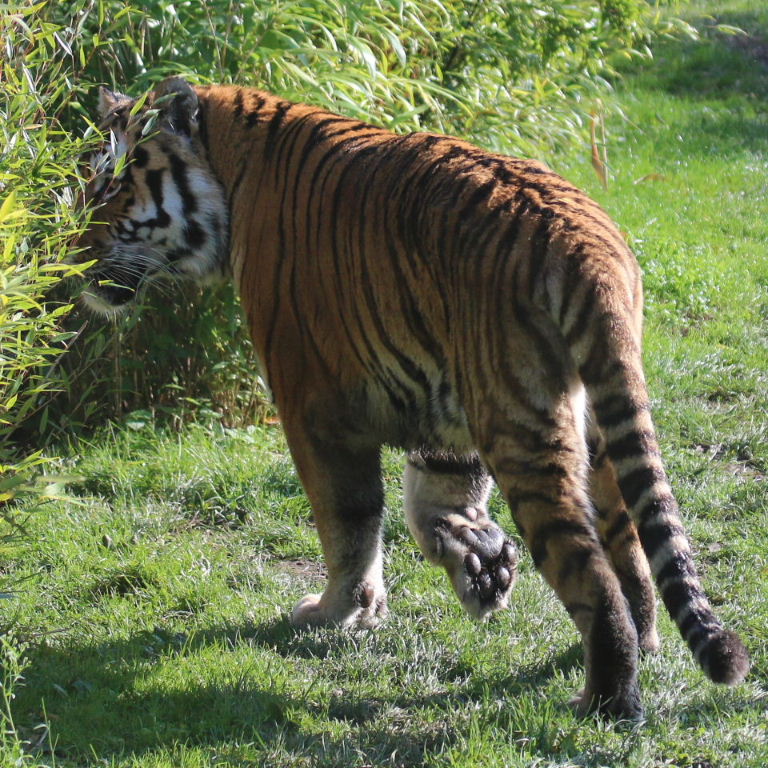
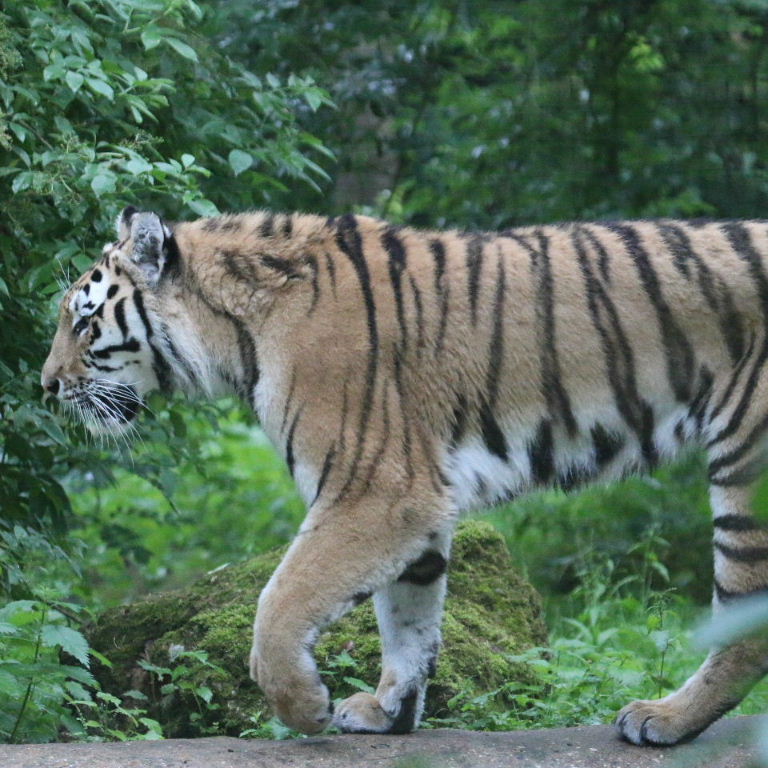
Male and female have similar coats although males are usually bigger and have wider, hairier sideburns.
The Siberian have thicker, slightly paler coats than the other subspecies.
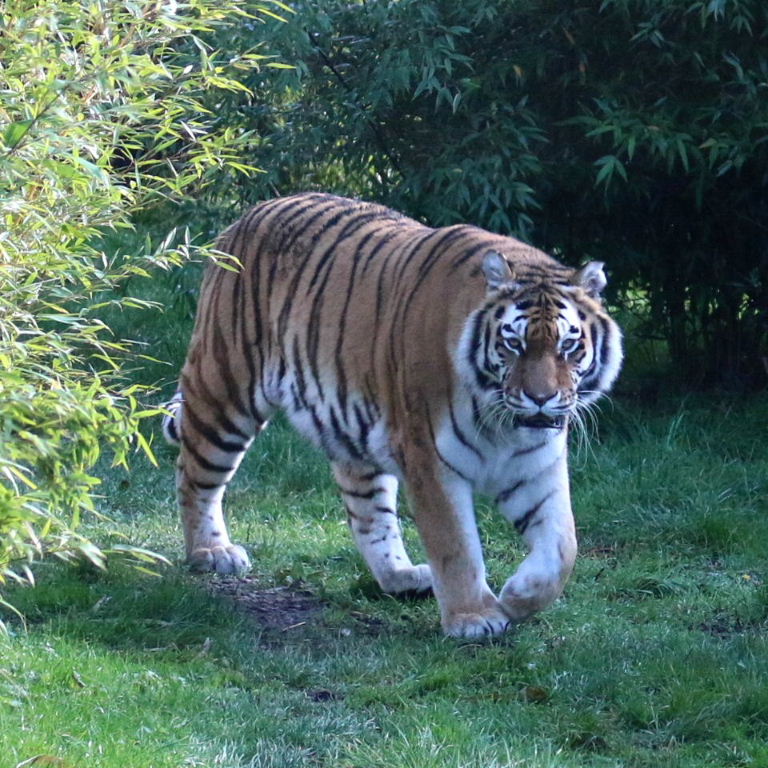
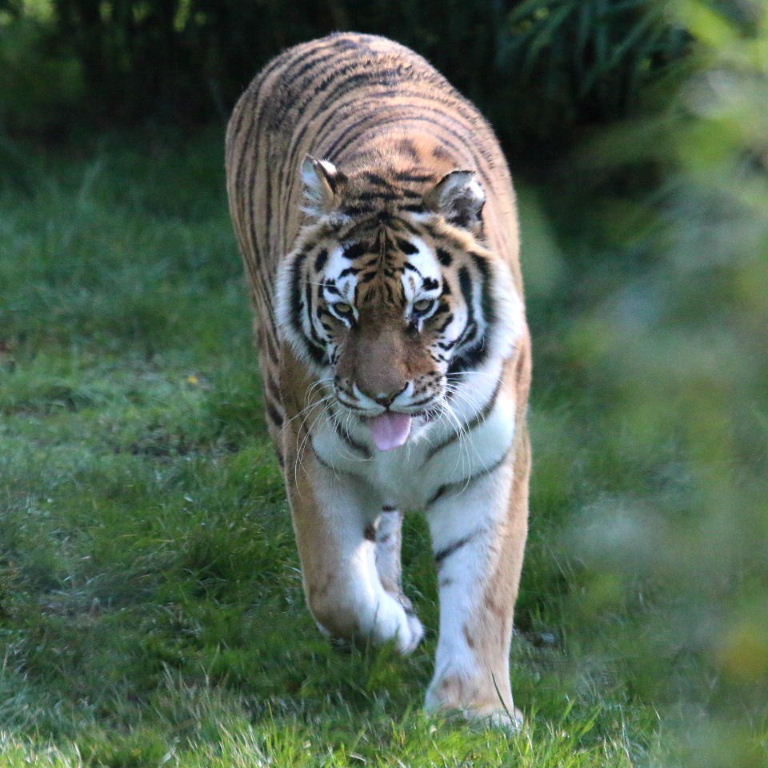

Hunters have taken, and continue to take, a heavy toll on the Siberian Tiger population, both directly,
hunting the tiger for its fur and body parts for Asian medicines, and indirectly, hunting the tigers'
prey of deer, boar, bear and smaller animals. The reduction in tigers has also meant that those remaining
have trouble to find a mate in their vast but fragmented territories. The reduction in prey has led to
tigers starving to death in the long, cold winter.





